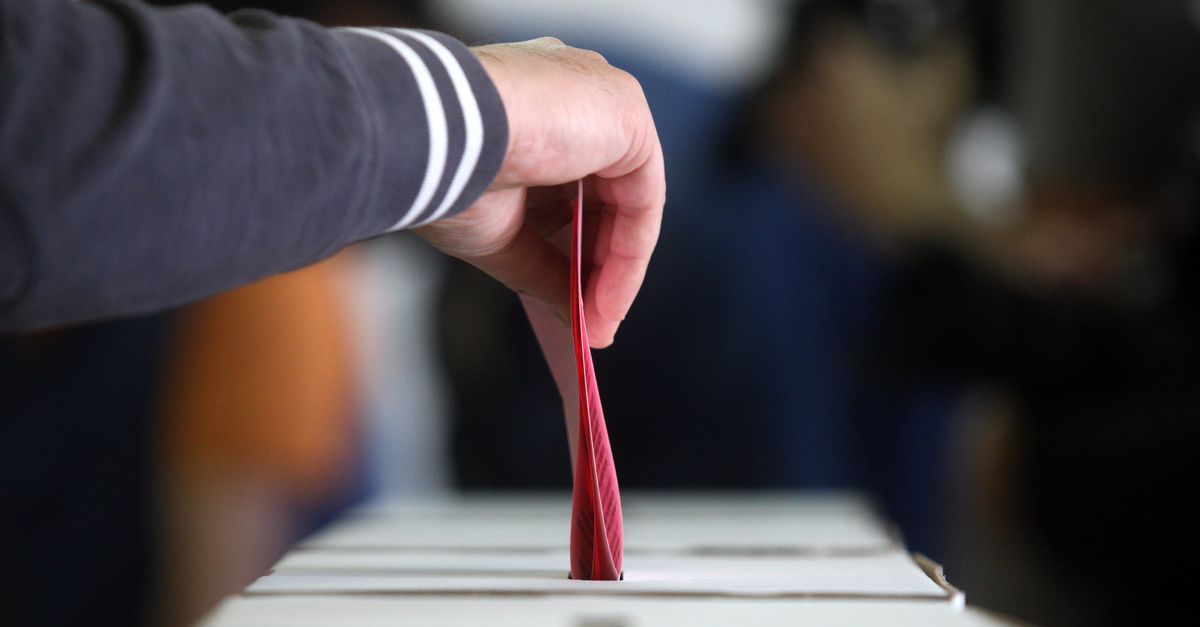Calls to modernize elections are often answered with warnings. Skeptics claim that automated election systems lack the necessary mechanisms to ensure the integrity of the vote. These promoters of paper ballots seem to forget that basically all recorded cases of election fraud were conducted while using paper-based systems.
The article Cheating with Paper Ballots, by Professor Andrew Appel from Princeton University, debunks the notion of the infallibility of the paper ballot as he enumerated several possible ways to commit electoral fraud using these instruments.
One method, Appel said in the article, is to steal the entire ballot box and replace the paper ballots with fraudulent ballots marked differently, or just ignore the paper ballots entirely.
The article reveals that the practice used to happen on a regular basis, citing an example: “That is, in some counties, the party bosses who controlled the polling places and ballot boxes would just report whatever counts they wanted, regardless of the ballots. [See also: Robert Caro, Means of Ascent, 1991, Chapter 13]. In the 19th and early 20th century, insider election fraud was widespread in the U.S. [Saltman, The History and Politics of Voting Technology, 2006],” the article continued.
The practice of ballot-stuffing and ballot box-snatching appear to be prevalent in other parts as well, as evidenced by the conviction of a former Philadelphia Congressman, as well as reports in Russia, and in the Philippines.
Another method to cheat in elections that use ballot paper is by sabotaging the audit or recount, the article said.
“While working in a recount (or audit) of paper ballots, hide a bit of pencil lead under your fingernail. Surreptitiously mark overvotes on ballots marked for the candidate you don’t like,” Appel said.
Appel’s observations squares with a documented of incident in the Philippines where fraudsters appear to have made post-election tampering on ballots to sow confusion and undermine the legitimacy of the results.
The article argues that what all this illustrates is that “paper ballots with audits and recounts, by themselves, are not a panacea.”
Interestingly, Appel recommends the use of a precinct-count optical scan to counter such fraud.
“Votes are recorded and tabulated by the voting machine immediately as they are cast; paper ballots are saved in a sealed ballot box for later audit or recount,” Appel said.
“The election fraudster will find it more difficult to make fraudulent paper ballots that exactly match a fraudulent voting machine’s report, than to hack just the voting machine or just the paper ballots. Although the paper ballots are the default ballot of record, serious discrepancies can lead to investigations. Once it ends up in court, the judge can hear evidence; perhaps there will be reason to rule that the machine counts are trustworthy where the paper ballots are not,” the article continued.
This excellent article by this Princeton scholar is a clarion call to modernize voting systems. Election administrators must take advantage of any available technology that enhances the speed, accuracy and auditability of the count.
Thursday, September 10, 2020
How bullet-proof is the paper ballot?
Subscribe to:
Posts (Atom)

